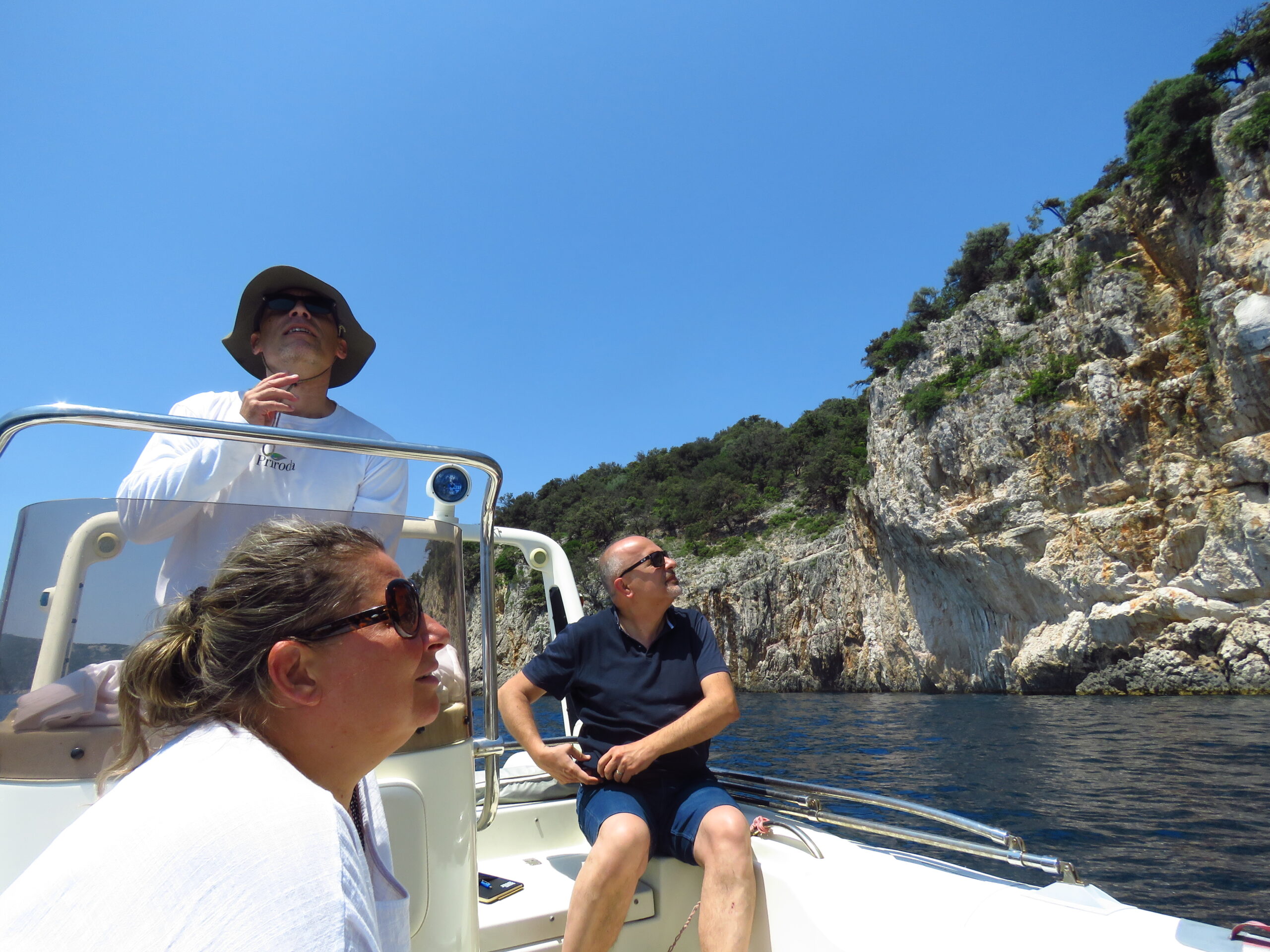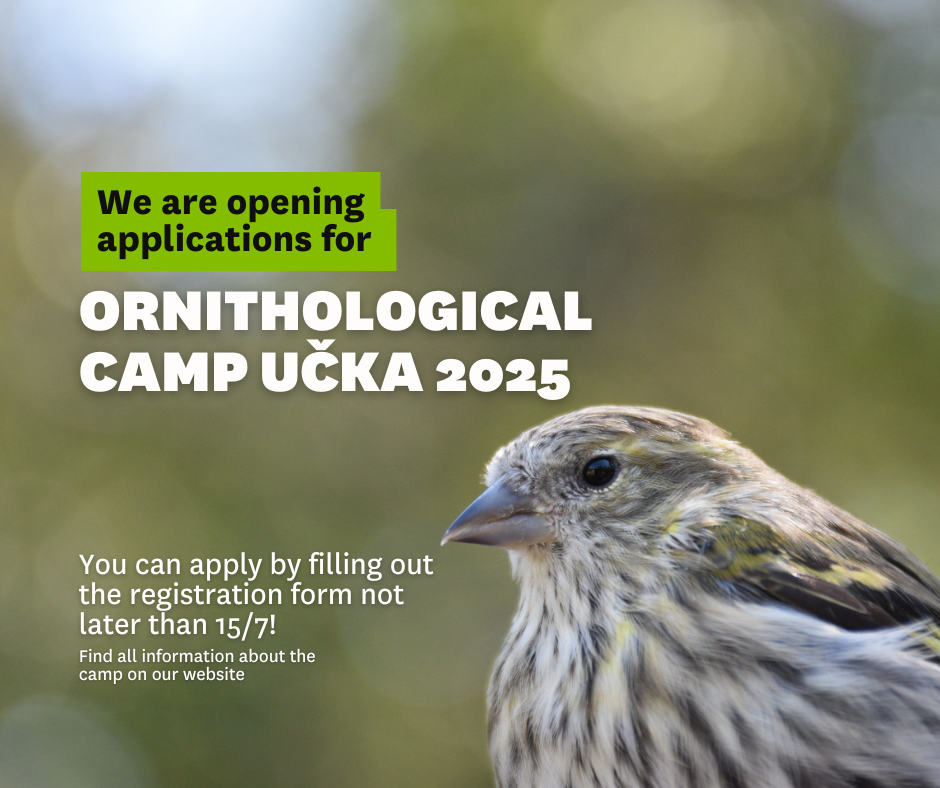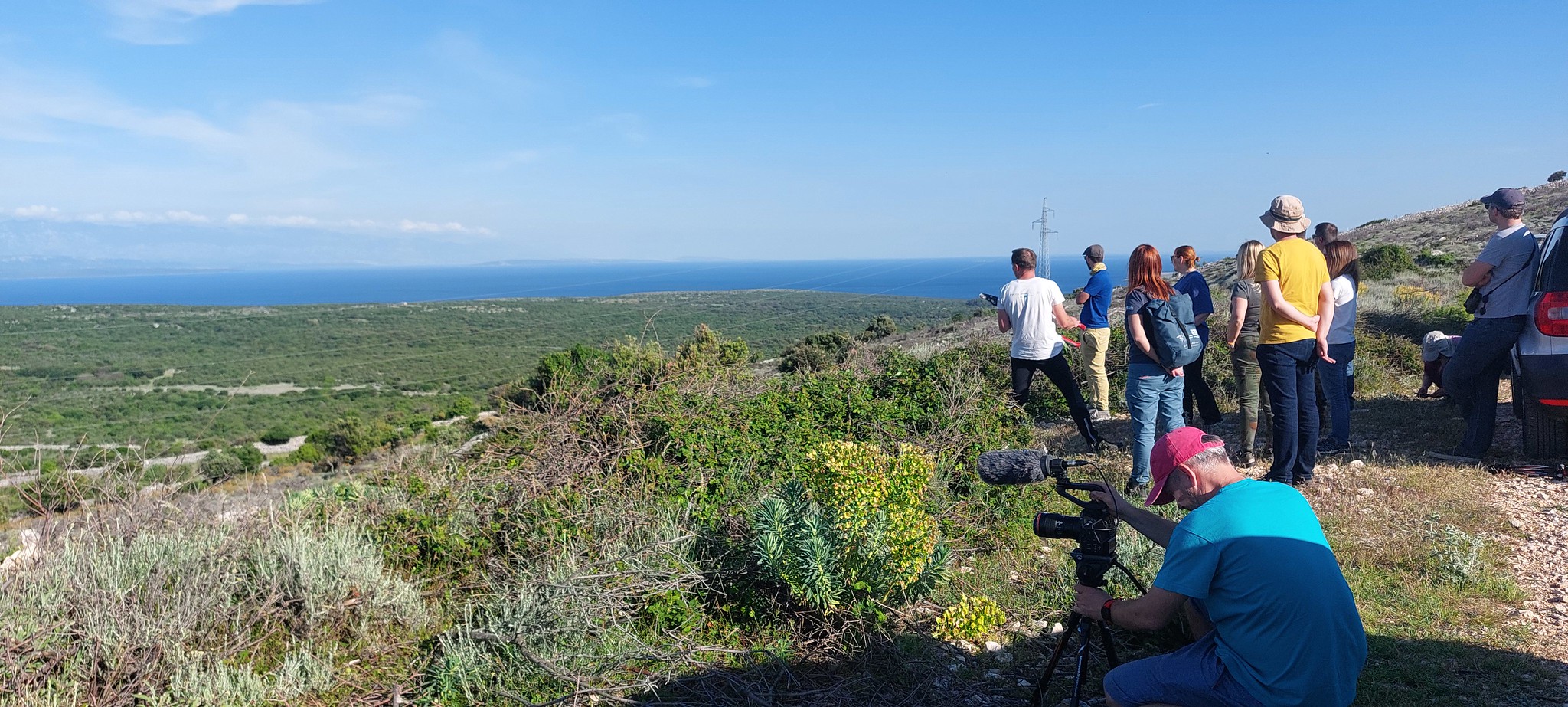 Ornithological Reserve “Prud” in Neretva delta has 5 illegal hunting hides less!
Ornithological Reserve “Prud” in Neretva delta has 5 illegal hunting hides less!
The removal of illegal hunting hides took place on 6th and 7th September 2017, with joint forces of Association BIOM, Public Institution for Management of Protected Areas of Dubrovnik-Neretva County, nature protection inspection, Metković Fire Department, police and Association Committee against bird slaughter. Hunting of birds in ornithological reserves is forbidden, so it was necessary to remove the illegally placed objects. Also, plastic duck decoys were found and confiscated.
Within previous field trips to “Prud” reserve, poaching ponds with one or more wooden houses were observed within the reedbed. Since the reedbeds are important areas for nesting and wintering birds, it is to be assumed that these illegally placed objects were used for bird poaching. This was later confirmed by regular field visits. It is even not necessary to visit Neretva delta to collect evidence of bird poaching, it is enough to open Google Earth, where artificial poaching ponds are easily seen in reedbeds. Unfortunately, such objects are also present in the ornithological reserve “Pod Gredom”, which is located not far from “Prud”.
“Prud” Ornithological Reserve was proclaimed in 1965, and almost all of Neretva Delta is part of the Natura 2000 ecological network and is included in the Ramsar List of wetlands of international importance. As the only major reedbed area on the Eastern Adriatic coast, Neretva Delta serves as an important stop over, breeding and wintering site in the Adriatic Flyway for almost 300 regularly occurring bird species. More than 10,000 waterbirds regularly winter in Neretva Delta, including several thousands of ducks and Coots (Fulica atra), which are often targets of poaching.
Within the project “Adriatic Flyway 3”, Association BIOM promotes Neretva Delta as a strategically crucial stop-over, wintering and breeding sites for migratory birds. The project is funded by EuroNatur and MAVA foundations.






